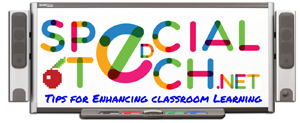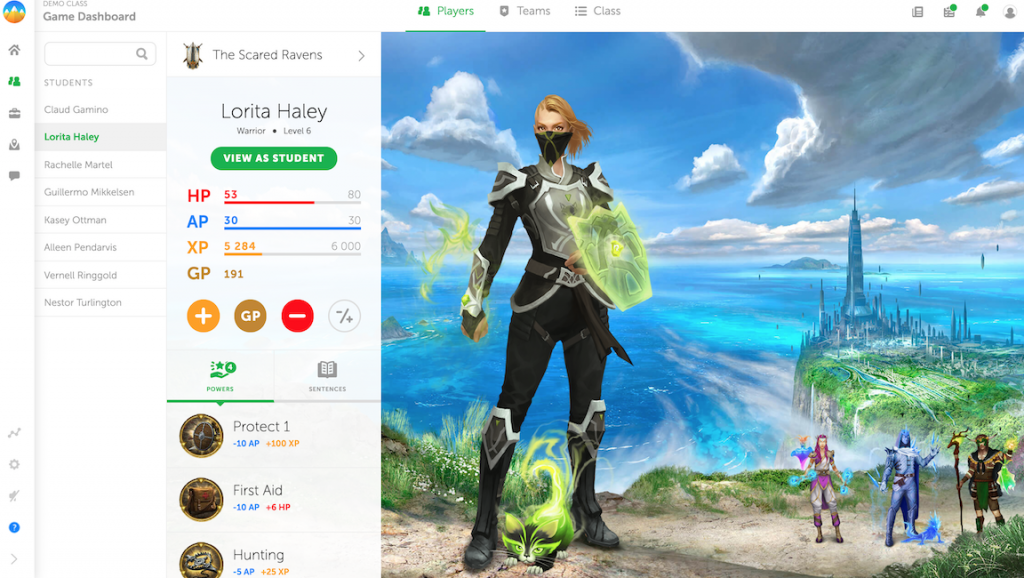According to a recent edWeb.net webinar survey, about half of the respondents use PBIS (positive behavior intervention and supports) in their schools, but others weren’t even aware of what it is. This article will explain PBIS and list some ways to effectively gamify it in the classroom. Much of this information comes from an edWeb.net webinar, “Gamifying PBIS: Changing Behavior by Fostering Lasting Engagement,” presented by Shawn Young, CEO of Classcraft.
When used effectively, PBIS can significantly reduce disciplinary referrals to the office. For example, after implementing Classcraft, East Paulding Middle School in Dallas, Georgia, received 85 percent less disciplinary referrals. But the PBIS used needs to include regular practices to support behavior, data to support decision making, and a system for rigorous implementation.
According to PBIS.org, PBIS intervention is generally provided in three tiers. Tier 1, which takes the least amount of time but affects the most students, is universal prevention. A Tier 1 intervention is directed to the entire school., such as 3 to 5 positively stated, easy-to-remember expectations. Tier 1 interventions include modeling good behavior and rewarding it in students.
A good Tier 1 example is dealing with bullying. Studies show that the best way is NOT to deal with individual bullies, but to promote a cultural norm where bullying does not thrive. This is done by reinforcing and rewarding social behaviors that make it uncool to bully, such as empathy and social inclusion. Tier 1 interventions work well for about 80 percent of the students.
Tier 2 interventions are targeted toward about 15 percent of the students. These students do not have special needs, but might have anger management problems. They need just a little help, such as:
- Increased instruction and practice with self-regulation and social skills
- Increased adult supervision
- Increased opportunity for positive reinforcement
- Increased pre-correction
- Increased focus on possible functions of problem behavior
- Increased access to academic supports
According to Young, who used to be a teacher, schools generally don’t do well for these students, and some turn into Tier 3 students.
Tier 3 interventions are intensive and individualized, and generally aimed toward students with special needs, such as developmental disabilities, autism, emotional and behavior disorders, and students with no diagnostic label at all. Schools generally have programs in place to help these students. Young said that because Tier 3 students have special challenges, they need extra opportunities for positive reinforcement.
Young said that some schools try rewarding “honor bucks” or a monetary reward for good behavior, but this often backfires. It’s expensive, doesn’t track progress, and if students don’t like the prizes they won’t engage.
Instead, Young advocates using a game-based approach. He suggests
- Reward points, not funds
- Get specific — different behaviors earn different points. If students go above and beyond, they get more points.
- Allow students to “level up” and become more empowered in the process. Some kids disengage from PBIS because they don’t see they are accomplishing anything, so milestones such as avatars are helpful manifestations of progress. Also useful are gained privileges such as being able to leave the classroom to use the bathroom, or one-time perks such as skipping the lunch line or being able to turn in homework a day late.
- Allow for failure and redemption, through a limited number of “lives”. This allows educators to address negative behavior without being punitive.
One game that Young played with his students was the “high-five” game. He would give out about 15 high-fives a day. A student’s goal was to get the most high fives. But if a competitive approach is too demoralizing for individual students, a team approach works well. Young also let students give each other high fives.
A digital approach works best to collect data. Young designed ClassCraft to allow for all the factors he discussed. ClassCraft is well suited for middle school and high school, where engagement is harder to earn. It digitally awards or detracts points, making them easy to track, and offers differing amounts of points for different behaviors. Points are awarded for positive behaviors such as asking a meaningful question, arriving to class on time, and helping another student with their work. “Health points” are detracted for behavior such as being negative in class, disrupting the class, being late, or inappropriate language. If too many health points are detracted, the student loses a life and must face detention. ClassCraft also
- Allows students to earn avatars
- Allows students to see their own progress
- Allows students to work in teams
- Puts students in “houses”, similar to Hogwarts
- Includes students with special needs in the general population
- Allows teachers to assign instructional quests
- Keeps parents informed by allowing them to be actors in the game, and assign a minimal amount of points for good behavior at home
For more information, see ClassCraft.com or contact Young at Shawn@classcraft.com or Sales Manager James Shetler at James@classcraft.com.


